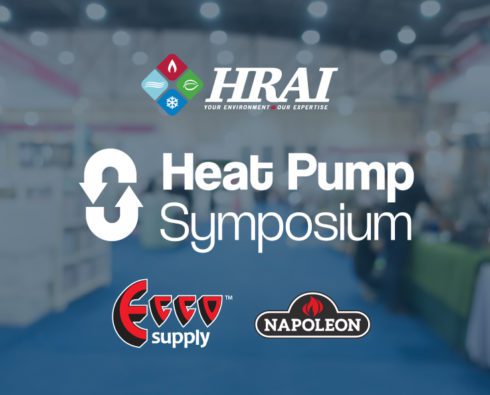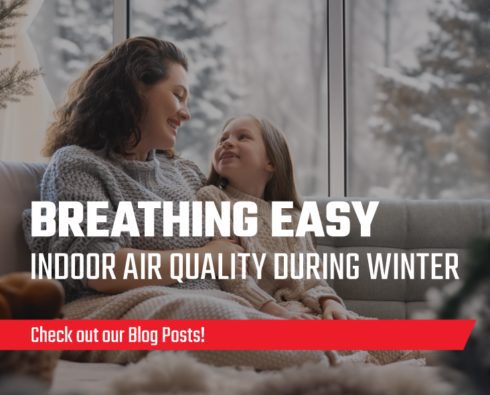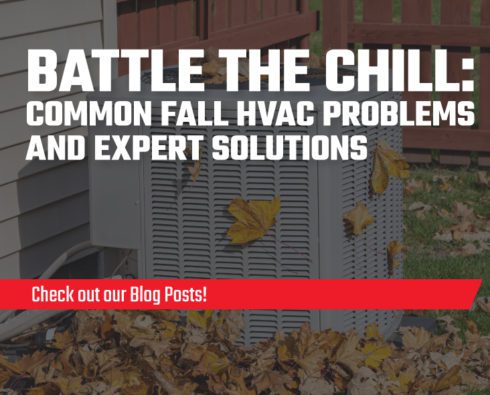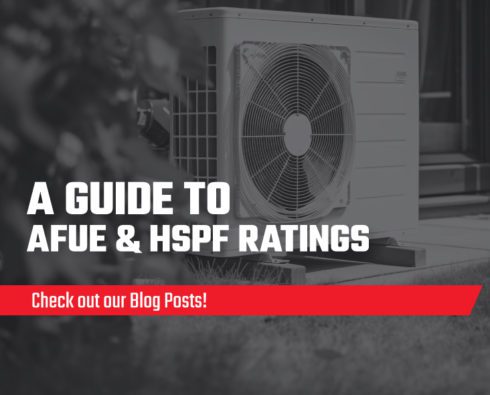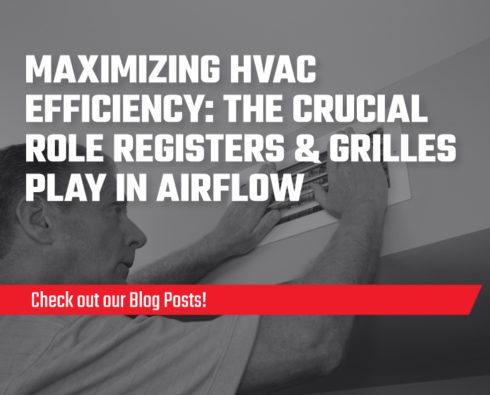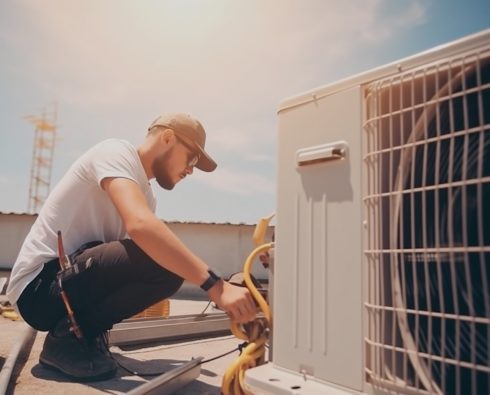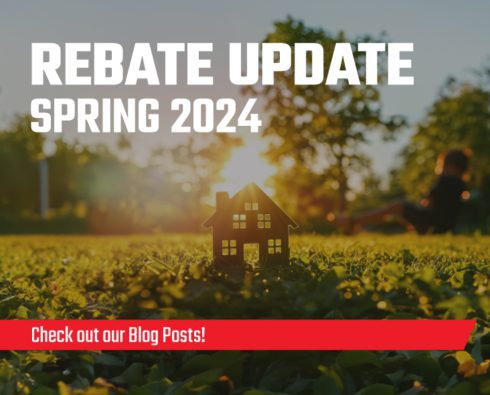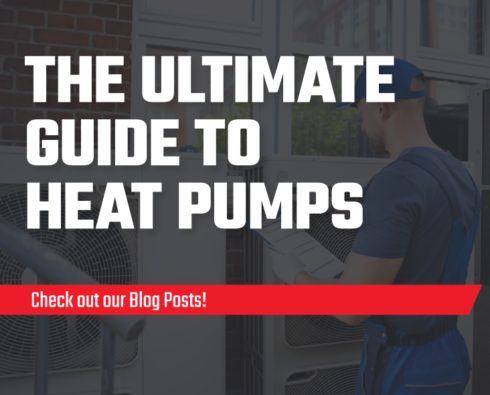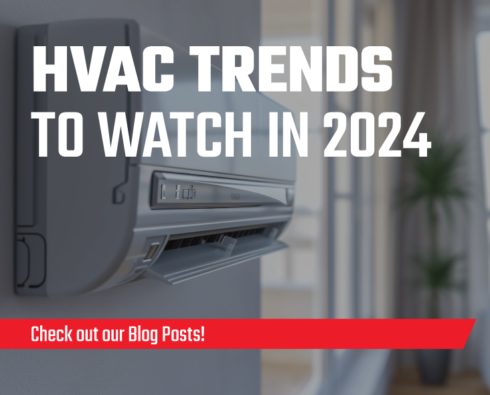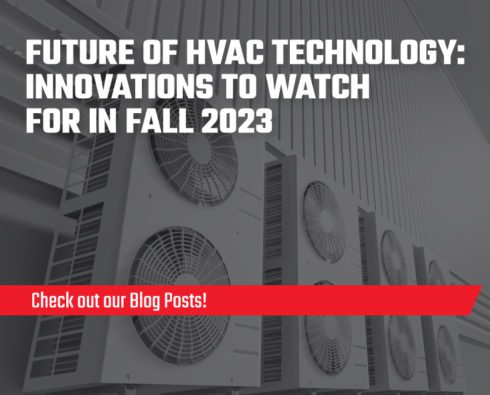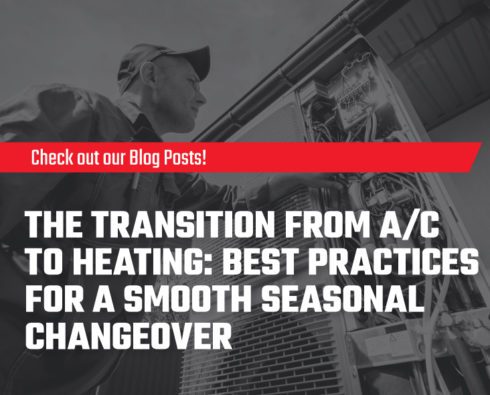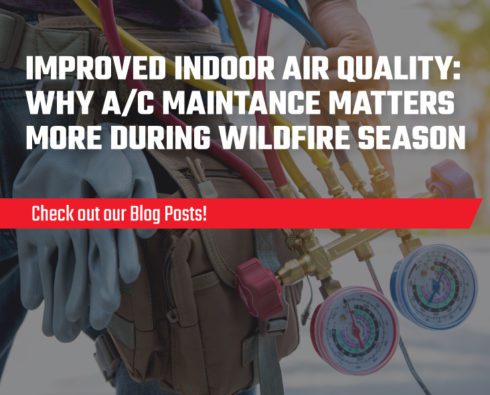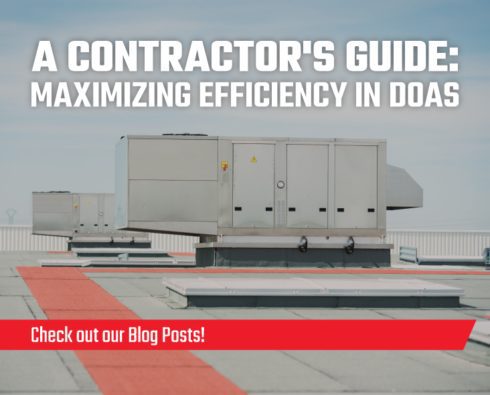
Prepping HVAC Systems for Warmer Months
The middle of winter isn’t when most people start thinking about turning off their furnaces and cranking the A/C. But if you’re an HVAC pro, you know the coldest months are the perfect time to start planning the seasonal shift to spring and summer. From scheduling maintenance checks to upgrading equipment, it almost always pays off to get HVAC systems ready for warmer weather long before it arrives.
In this post, we’ll run through some of the things any HVAC pro can do during winter house calls and some of the conversations they should have with homeowners.
Essential prep steps
At a minimum, every HVAC system should get some basic checks ahead of a new season. The proactive steps outlined below not only help ensure the system is ready for a change in weather, but they can also prolong the system’s lifespan and minimize the risk of a mid-season breakdown.
Inspecting and cleaning the system: A maintenance check, including examining and cleaning all components—from filters to coils to fans—should be considered essential for every HVAC system before every season change. A well-maintained system runs more efficiently and prevents potential issues that could arise during peak usage.
Checking and refilling refrigerants: Part of that maintenance check should be topping up refrigerant levels, vital for effective cooling. A system running low on refrigerant can lead to increased energy use, reduced cooling efficiency, and potential damage to the compressor.
Testing and tuning the A/C: Once a thorough maintenance check is completed, testing and tuning the system is important. This includes checking thermostats and electrical connections and ensuring the A/C unit cycles on and off correctly.
Identifying upgrade opportunities
Sometimes, the best prep is to accept when a furnace, A/C, or heat pump is past its prime.
Older systems can be inefficient and costly to repair, and guiding homeowners to recognize when it’s time for an upgrade can save them money over the medium – and long term.
While every situation is unique, there are a few telltale signs that an HVAC system or critical components might be due for upgrading.
The system is aging
HVAC systems typically have a lifespan of 15-20 years. If a system is approaching or has surpassed this age range, it’s a good time to start planning to upgrade, as an aging system can grow more inefficient and more prone to breakdowns.
Energy bills are steadily rising
Speaking of inefficiency, another vital sign that an HVAC system needs upgrading is a consistent increase in energy bills. Older systems tend to lose efficiency over time, requiring more energy to maintain the same comfort level.
Repairs are becoming more frequent
If repairs are becoming more frequent, that’s another good indicator that a system is reaching the end of its life. While one-off maintenance is cheaper than upgrading the entire system, repeated repairs can quickly add up over time, and you can choose to upgrade more cost-effectively.
Temperatures are inconsistent
If a furnace, A/C or heat pump has historically kept consistent temperatures throughout the home but isn’t any longer, that’s also a sign to consider an upgrade. It might mean the system is aging, needing repairs, or simply that the local climate has changed, and the system is no longer up to the task.
Adding automation
The transition to a new season is a great time to pitch homeowners on smart thermostats and the benefits of automation—especially if you’re already walking them through the other ways you can prep their HVAC system for spring and summer. While this is a simple enhancement and relatively low cost, it can lead to significant energy savings and a better end-user experience.
When explaining this to homeowners, focus on energy savings and comfort by explaining that automated HVAC systems can detect and respond to changes in temperature and occupancy in real-time, optimizing the home’s comfort and energy use without constant manual adjustments.
Prepping for allergies
Last but not least, spring and summer are allergy-central for many. From increased pollen counts to endless wildfire smoke, the hottest times of the year can produce some of the worst air quality.
Help your customers prepare by explaining how adding air purifiers, dehumidifiers, and HEPA filters can keep their indoor air quality (IAQ) fresh and healthy—even if the great outdoors is anything but.
Ensuring a smooth shift to spring and summer
Prepping HVAC systems for the warmer months ensures homeowners enjoy a comfortable and healthy living environment.
If you’re an HVAC pro, you’re in a position to perform routine maintenance checks and educate homeowners about potential upgrades, the importance of air quality, and the benefits of innovative technology. Taking these proactive steps during the winter can help ensure your customers’ HVAC systems are efficient, reliable, and ready to handle spring and summer.
